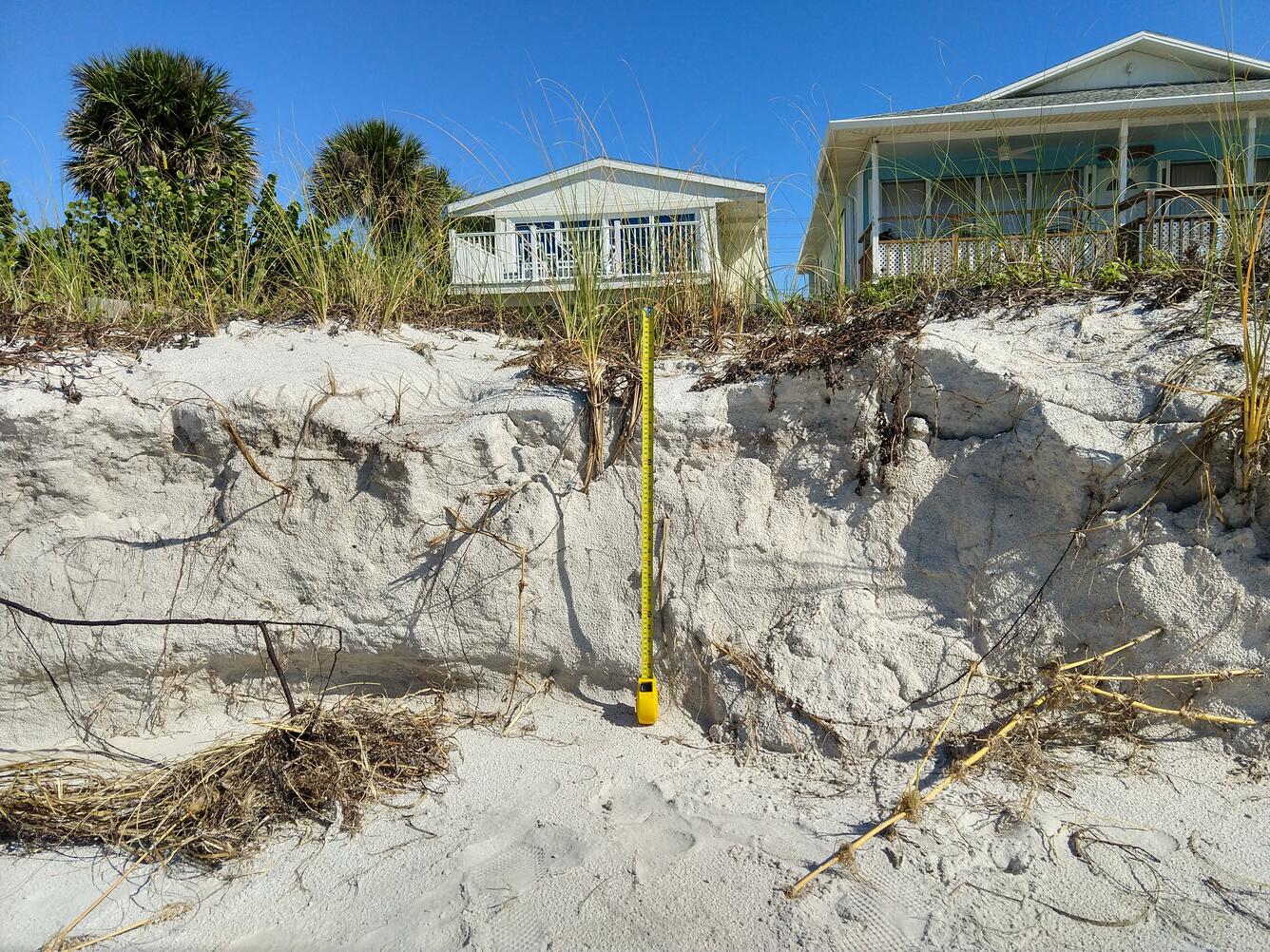Photo Roundup - October-November 2020
By Coastal and Marine Hazards and Resources Program
November 30, 2020
A selection of coastal and marine images and videos from across the USGS.
For more information about the USGS goose study, read "Effects of industrial and investigator disturbance on Arctic-nesting geese."












